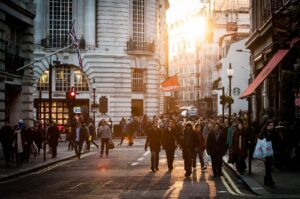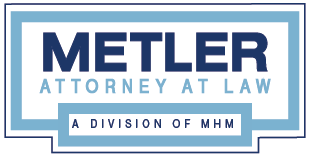Auto-pedestrian accidents can be life-altering events, leaving victims and their families facing physical, emotional, and financial challenges. Understanding the intricacies of insurance coverage and settlements is essential for ensuring that victims receive the compensation they need to recover. In this blog post, we will dive deeper into the process of handling medical bills and settlements in auto-pedestrian accidents.
- The Dynamics of Auto-Pedestrian Accidents: Who Pays the Medical Bills? Auto-pedestrian accidents are accidents involve pedestrians being hit by motor vehicles. In such cases, the insurance coverage of the at-fault driver becomes pivotal. The driver’s liability insurance is typically responsible for covering the pedestrian’s medical expenses, lost wages, pain and suffering, and other damages resulting from the accident.
- Personal Injury Protection (PIP) and Medical Payment Coverage: Immediate Assistance In Utah, Personal Injury Protection (PIP) is not just a requirement but a lifeline for victims of auto-pedestrian accidents. By promptly covering medical expenses, lost wages, and related costs, PIP streamlines can alleviate financial stress, and empowers pedestrians to focus on their recovery and well-being. Serving as an immediate source of support, PIP reflects Utah’s commitment to aiding those affected by auto-pedestrian accidents and ensuring a smoother path to physical, emotional, and financial recovery. PIP will first be offered through the driver’s auto insurance. If the pedestrian has their own auto insurance policy, there might be an option for secondary coverage, especially if their policy allows for stacking of limits. Stacking allows the pedestrian to combine coverage from multiple vehicles on their policy, potentially increasing the total coverage available to them.
- The Role of At-Fault Driver’s Insurance: Medical Bills and Beyond The at-fault driver’s liability insurance will ultimately bear the responsibility for covering the pedestrian’s medical bills and related expenses. Medical bills can accumulate quickly, especially in cases of serious injuries. The PIP adjuster will work with the pedestrian’s medical providers to assess the costs and ensure that they are covered up to the allowed coverage on the policy.
- Settlements: Summing Up the Compensation Beyond covering immediate medical expenses, a pedestrian’s injuries may result in additional medical treatments, rehabilitation, and other costs. As the victim receives treatment, the full extent of the damages will be assessed. This includes not only medical bills but also considerations for pain and suffering, emotional distress, and other non-economic damages.
- Legal Assistance: Maximizing Compensation Negotiating with insurance companies can be complex and overwhelming. It’s recommended that pedestrians involved in auto-pedestrian accidents consult with a personal injury attorney to ensure their rights are protected and to navigate the process of securing a fair settlement.
 Auto-pedestrian accidents bring forth a series of challenges, especially when it comes to medical bill coverage and securing a fair settlement. While the at-fault driver’s insurance is primarily responsible for covering medical expenses and damages, the pedestrian’s own auto insurance can also play a secondary role if the policy allows for stacking of limits. Navigating these intricacies requires a comprehensive understanding of insurance coverage, settlements, and legal options. If you or someone you know has been involved in an auto-pedestrian accident, seeking professional legal guidance is crucial to ensure that rightful compensation is obtained, paving the way towards a smoother road to recovery.
Auto-pedestrian accidents bring forth a series of challenges, especially when it comes to medical bill coverage and securing a fair settlement. While the at-fault driver’s insurance is primarily responsible for covering medical expenses and damages, the pedestrian’s own auto insurance can also play a secondary role if the policy allows for stacking of limits. Navigating these intricacies requires a comprehensive understanding of insurance coverage, settlements, and legal options. If you or someone you know has been involved in an auto-pedestrian accident, seeking professional legal guidance is crucial to ensure that rightful compensation is obtained, paving the way towards a smoother road to recovery.
